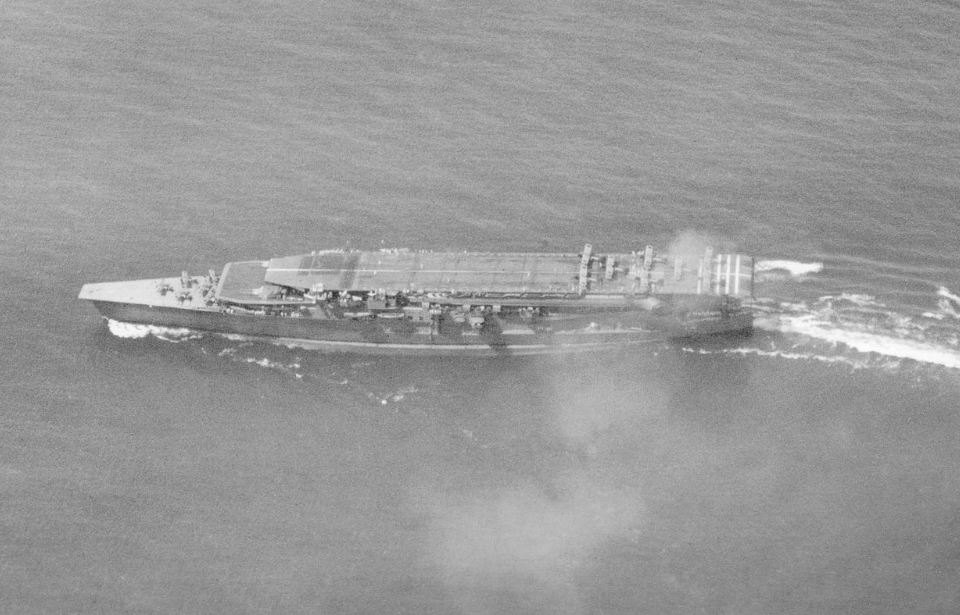When World War II began, Japan’s armed forces seemed unstoppable. The Imperial Army was renowned for its strict discipline and fierce loyalty, while the Navy stood out for daring tactics and exceptional seamanship. At the heart of Japan’s dominance were its aircraft carriers—mobile airbases that allowed the empire to project power across vast distances, striking swiftly and defending key territories with equal ease.
The Allies soon understood that these carriers were the cornerstone of Japan’s military might. Taking them out became a top objective, seen as the surest path to undermining Japan’s offensive capabilities and halting its momentum in the Pacific.
Japanese aircraft carrier Kaga
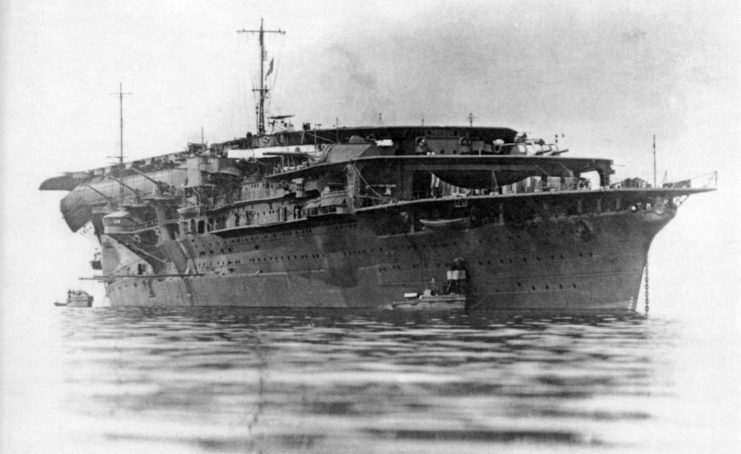
Commissioned in 1921 after construction began the previous year, Kaga was initially intended to be a Tosa-class battleship. However, with the signing of the Washington Naval Treaty in 1922, which allowed for two battleships to be converted into aircraft carriers, Kaga was slated for scrapping. The Great Kantō earthquake of 1923 led to the loss of the battlecruiser Amagi, resulting in the decision to convert Kaga instead of Amagi.
Kaga’s transformation involved modifying her flight deck into three stacked decks, along with other necessary changes. She was also outfitted with a twin-gun Model B turret on each side of the middle flight deck, six casemate-mounted guns aft, and 10 Third Year Type 20 cm/50 caliber guns, previously used as the main armament for Japan’s heavy cruisers during WWII.
After successful sea trials, Kaga was officially commissioned into the Imperial Japanese Navy in November 1929 as its third aircraft carrier, joining Akagi and Hōshō in the fleet.
Kaga‘s early service with the Imperial Japanese Navy
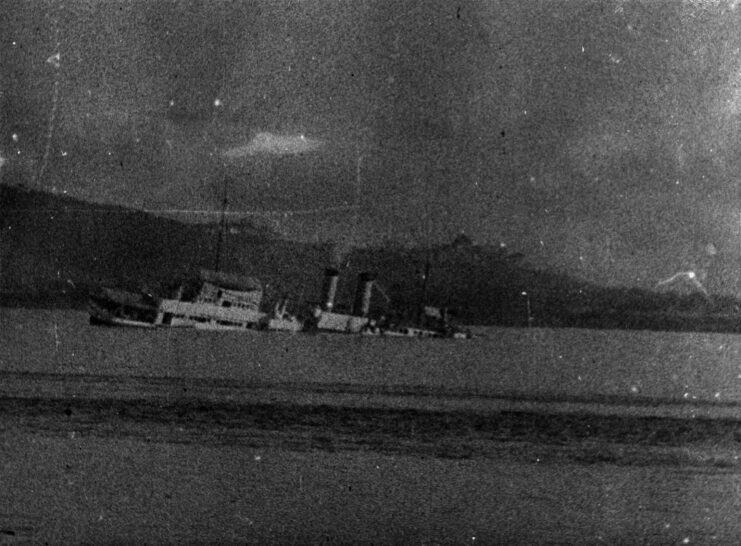
After Kaga was completed, she was quickly assigned to the Navy’s 3rd Fleet, where she played a key role in supporting the Imperial Japanese Army during the 1932 Shanghai Incident. Aircraft supporting Japanese ground troops at that time were launched from both Kaga and the carrier Hōshō.
Following the Shanghai Incident, Kaga was upgraded several times, as she was considered one of the weaker carriers in the Imperial Japanese Navy. She was later deployed during the Second Sino-Japanese War (1937–1945), when Japan went to war with China again. During this period, Kaga remained in Japanese waters and served as a base for aircraft carrying out bombing missions.
The war ended with Japan’s defeat, and Japanese forces surrendered to China, giving up the territories they had occupied.
Japanese attack on Pearl Harbor
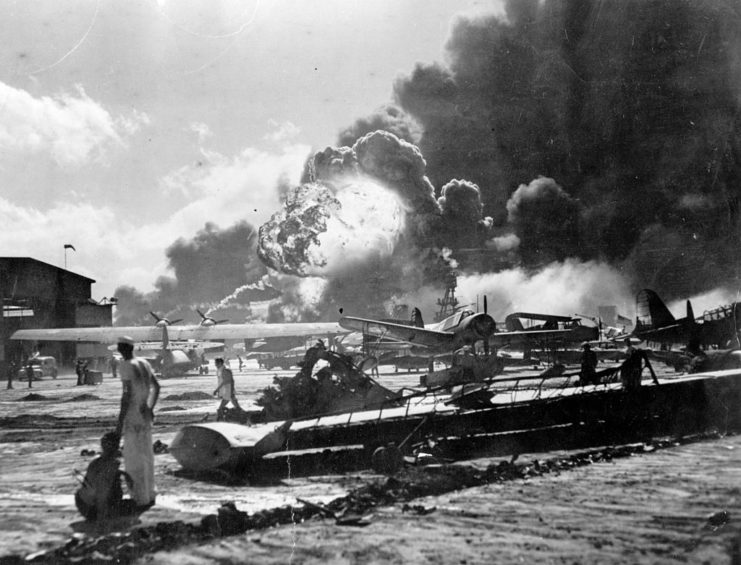
In 1941, the Japanese Imperial Army tasked Marshal Admiral Isoroku Yamamoto with planning a large-scale offensive against the US Navy‘s Pacific Fleet. This wound up being the December 7 attack on Pearl Harbor, in which Kaga played a role. For the attack, the aircraft carrier had ferried 18 Mitsubishi A6M Zeros, 27 Nakajima B5Ns and 27 Aichi D3As.
The bombers and fighters that took off from Kaga were successful in their missions, scoring hits on the USS Maryland (BB-46), West Virginia (BB-48), Oklahoma (BB-37), Nevada (BB-36), California (BB-44) and Arizona (BB-39). In addition, they destroyed 20 grounded American aircraft and took out a single airborne one.
Once her mission at Pearl Harbor was complete, Kaga returned to Japan. Her work in the Pacific Theater, however, was far from over.
Kaga‘s continued World War II service
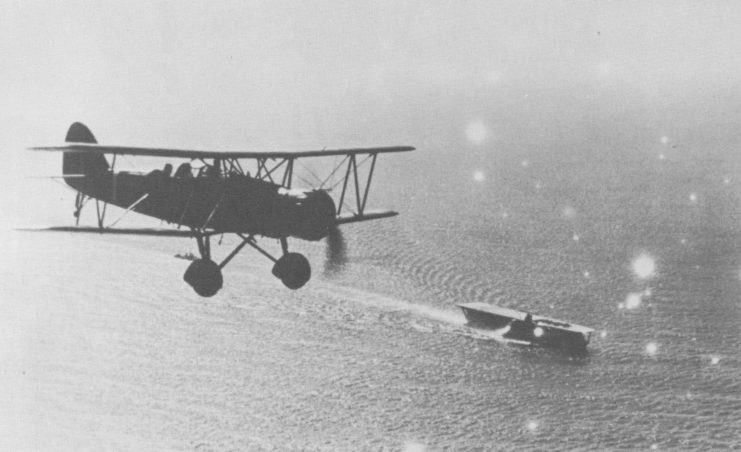
Following the attack on Pearl Harbor, Kaga was moved to Truk, in Micronesia. From there, she supported the Battle of Rabaul, providing aircraft for the initial airstrike. In February 1942, her aircraft took part in a sortie against an American battleship in the Marshall Islands. During the effort, she ran into a reef and had to be temporarily removed from service for repairs, before returning to duty.
Kaga‘s final engagement was during the Battle of Midway. She departed from the Inland Sea at the end of May 1942, along with the rest of the Combined Fleet, and set up around 290 miles northwest of Midway Island.
On June 4, 1942, the ship was relentlessly attacked by American dive bombers. The first attempt was initially repelled by the Japanese, while the second, led by US Navy aviator C. Wade McClusky, was much more successful. Twenty-five Douglas SBD Dauntless from the USS Enterprise (CV-6) appeared over the ship, nearly undetected, and hit Kaga with a 1,000-pound bomb and multiple 500-pound bombs.
After failed attempts to repair the damage, the aircraft carrier sunk into the Pacific Ocean.
Aftermath of the Battle of Midway
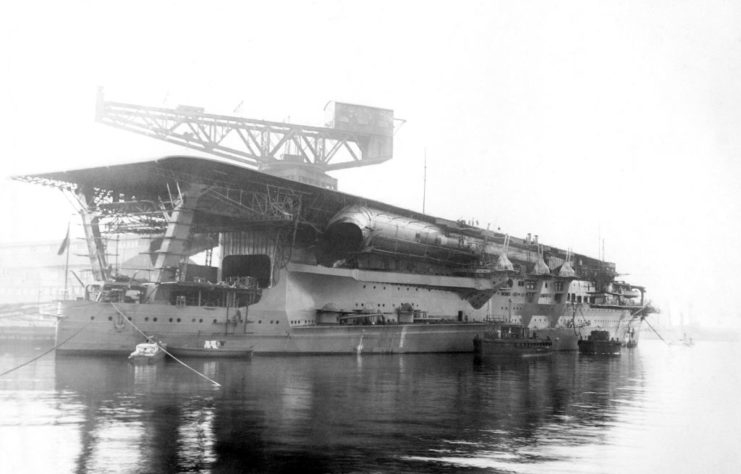
While many of Kaga’s crew survived the attack, the human cost was staggering. A total of 811 sailors—mostly mechanics, engineers, and ordnance crews—were killed, not including the airmen who went down with their planes. Determined to preserve the image of an undefeated navy, Japanese authorities concealed the full extent of the loss. Survivors were quietly sent back to Japan, their return kept out of public view to mask the scale of the Midway disaster.
